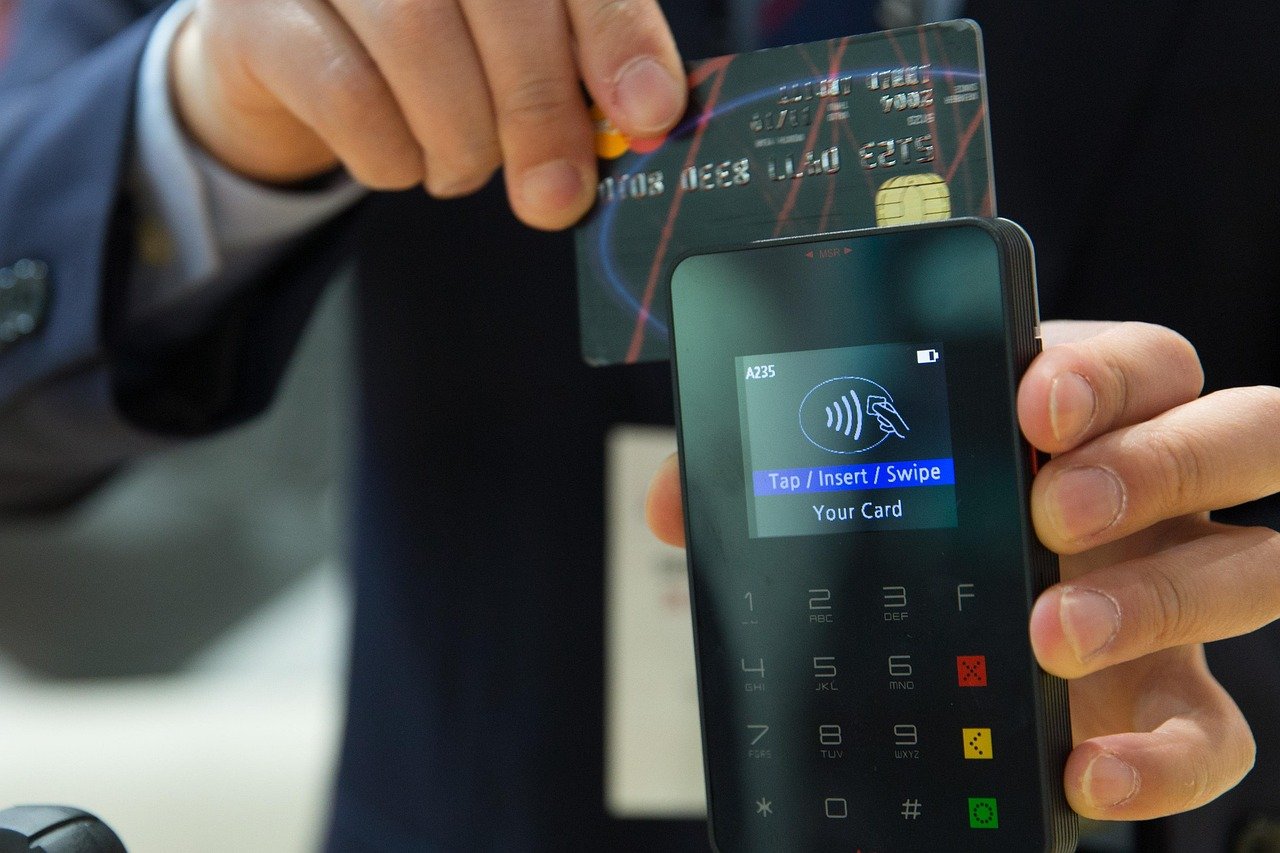Online shopping has become a cornerstone of modern life, offering convenience and access to a global marketplace. However, this digital convenience comes with inherent risks, making a secure checkout process not just a desirable feature, but an absolute necessity. As consumers become more aware of online fraud and data breaches, businesses that prioritize a secure checkout experience build trust and encourage sales. This blog post will delve into the intricacies of creating a secure checkout for your online store, covering everything from SSL certificates to PCI compliance and beyond.
Understanding the Importance of a Secure Checkout
Building Customer Trust and Confidence
A secure checkout is the cornerstone of building trust with your customers. Seeing visual cues like a padlock icon and “https” in the URL gives shoppers confidence that their personal and financial information is protected.
- Example: Display security badges (e.g., Norton Secured, McAfee Secure) prominently near the checkout buttons and payment form. These visual cues instantly reassure customers.
- Benefit: Higher conversion rates and reduced cart abandonment due to security concerns.
Preventing Fraud and Data Breaches
Implementing robust security measures significantly reduces the risk of fraudulent transactions and data breaches. These breaches can result in substantial financial losses and irreparable damage to your brand reputation.
- Statistic: According to a report by Statista, payment card fraud losses in the U.S. amounted to approximately $8.98 billion in 2022.
- Actionable Takeaway: Regularly update your security protocols and conduct vulnerability assessments to stay ahead of potential threats.
Meeting Legal and Regulatory Requirements
Certain legal and regulatory frameworks, such as PCI DSS (Payment Card Industry Data Security Standard), mandate specific security requirements for businesses that handle credit card information. Failure to comply can result in hefty fines and legal repercussions.
- Example: PCI DSS compliance requires measures like encrypting cardholder data, using firewalls, and regularly testing security systems.
- Benefit: Compliance not only avoids penalties but also demonstrates a commitment to data security, further enhancing customer trust.
Essential Components of a Secure Checkout
SSL Certificates and HTTPS
An SSL (Secure Sockets Layer) certificate encrypts the data transmitted between your customer’s browser and your server. This ensures that sensitive information, like credit card details and personal information, cannot be intercepted or tampered with. HTTPS (Hypertext Transfer Protocol Secure) indicates that an SSL certificate is in place.
- Practical Detail: Obtain an SSL certificate from a reputable Certificate Authority (CA). There are various types of certificates, including Domain Validated (DV), Organization Validated (OV), and Extended Validation (EV). EV certificates provide the highest level of assurance and display the company name in the browser’s address bar.
- Actionable Takeaway: Always redirect HTTP requests to HTTPS to ensure all data is transmitted securely.
PCI DSS Compliance
PCI DSS is a set of security standards designed to protect cardholder data. Compliance is mandatory for businesses that accept, process, store, or transmit credit card information.
- Requirements:
Install and maintain a firewall configuration to protect cardholder data.
Protect stored cardholder data.
Encrypt transmission of cardholder data across open, public networks.
Use and regularly update anti-virus software.
Develop and maintain secure systems and applications.
Restrict access to cardholder data on a need-to-know basis.
Assign a unique ID to each person with computer access.
Restrict physical access to cardholder data.
Track and monitor all access to network resources and cardholder data.
Regularly test security systems and processes.
Maintain a policy that addresses information security.
- Actionable Takeaway: Conduct regular self-assessments or hire a Qualified Security Assessor (QSA) to ensure ongoing compliance.
Secure Payment Gateways
A payment gateway acts as a secure intermediary between your website and the bank that processes the payment. Choose a reputable payment gateway that is PCI DSS compliant and offers fraud prevention tools.
- Examples: Stripe, PayPal, Authorize.Net are popular and secure payment gateways.
- Benefits:
Reduces your PCI DSS scope as the payment gateway handles sensitive card data.
Provides advanced fraud detection capabilities.
Offers various payment options to cater to different customer preferences.
Address Verification System (AVS) and CVV Verification
AVS compares the billing address provided by the customer with the address on file with the card issuer. CVV (Card Verification Value) is the three- or four-digit code on the back of the credit card.
- Practical Example: Implement AVS and CVV verification to flag potentially fraudulent transactions where the address or CVV code does not match.
- Actionable Takeaway: Configure your payment gateway to automatically decline transactions that fail AVS or CVV checks.
Optimizing the Checkout Experience for Security
Minimizing Data Collection
Only collect the information that is absolutely necessary to process the order. Avoid asking for unnecessary details, as this reduces the risk of data breaches and simplifies the checkout process.
- Example: Do not ask for the customer’s social security number or other sensitive information that is not directly related to the purchase.
- Benefit: Reduces the potential damage from a data breach and simplifies the checkout flow, improving conversion rates.
Transparent Security Policies
Clearly communicate your security policies to customers. Provide information about how you protect their data and what measures you take to prevent fraud.
- Example: Include a link to your privacy policy and security statement in the checkout page footer. Explain how you use encryption, fraud detection tools, and other security measures.
- Benefit: Builds trust and reassures customers that their data is safe.
Two-Factor Authentication (2FA)
Implement two-factor authentication (2FA) for customer accounts. This adds an extra layer of security by requiring customers to provide a second form of verification, such as a code sent to their mobile phone, in addition to their password.
- Practical Example: Offer 2FA via SMS, email, or authenticator apps like Google Authenticator or Authy.
- Benefit: Significantly reduces the risk of account takeovers and unauthorized access to customer information.
Monitoring and Maintaining a Secure Checkout
Regular Security Audits
Conduct regular security audits to identify vulnerabilities and ensure that your security measures are up-to-date.
- Practical Detail: Hire a cybersecurity firm to conduct penetration testing and vulnerability assessments.
- Actionable Takeaway: Address any identified vulnerabilities promptly and implement appropriate security patches.
Staying Updated with Security Best Practices
The security landscape is constantly evolving, so it’s crucial to stay updated with the latest security best practices and threats.
- Resources: Follow industry news, subscribe to security blogs, and attend security conferences.
- Actionable Takeaway: Regularly review and update your security policies and procedures to reflect the latest best practices.
Monitoring for Suspicious Activity
Implement systems to monitor for suspicious activity, such as unusual login attempts, large or frequent transactions, and unusual shipping addresses.
- Practical Example: Use fraud detection tools provided by your payment gateway or third-party providers to automatically flag suspicious transactions.
- Actionable Takeaway: Investigate any flagged transactions promptly and take appropriate action, such as contacting the customer to verify the purchase.
Conclusion
Implementing a secure checkout is crucial for building customer trust, preventing fraud, and meeting legal requirements. By focusing on SSL certificates, PCI DSS compliance, secure payment gateways, and continuous monitoring, you can create a safe and reliable online shopping experience for your customers. A secure checkout not only protects your business from financial losses but also enhances your brand reputation and encourages customer loyalty. Remember to stay updated with the latest security best practices and continuously monitor your systems for potential vulnerabilities. Your commitment to security will ultimately lead to a more successful and sustainable online business.



